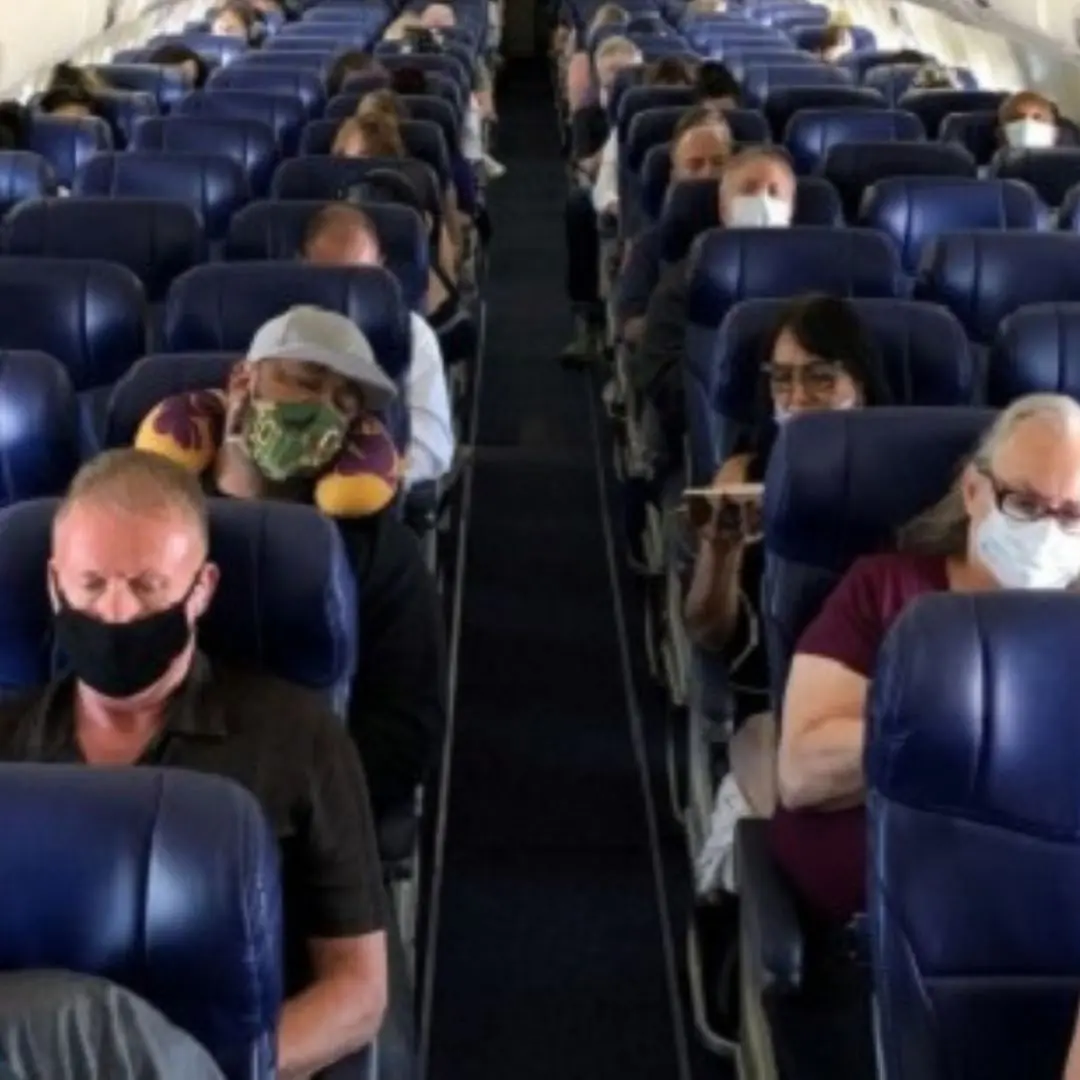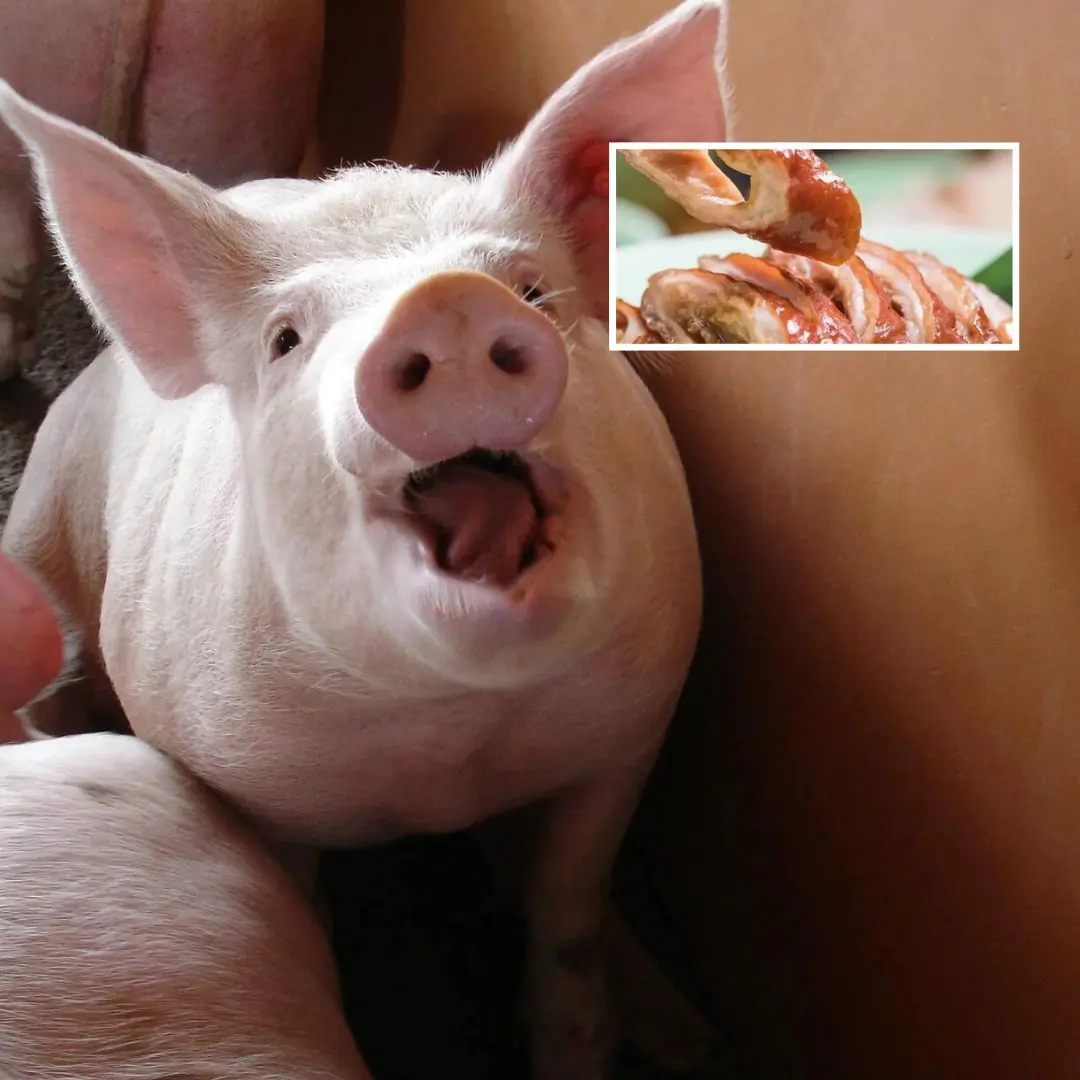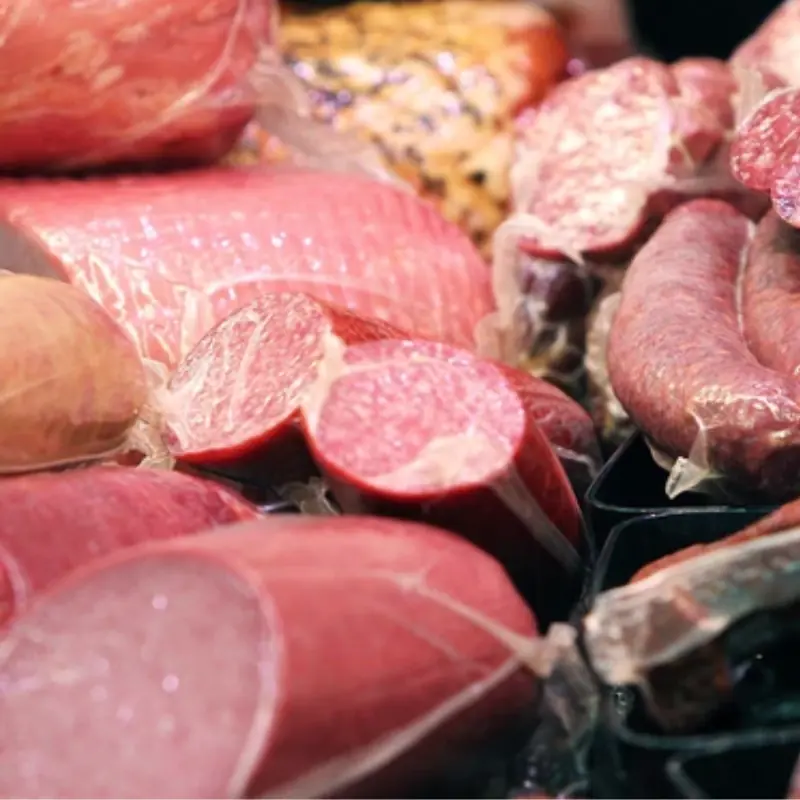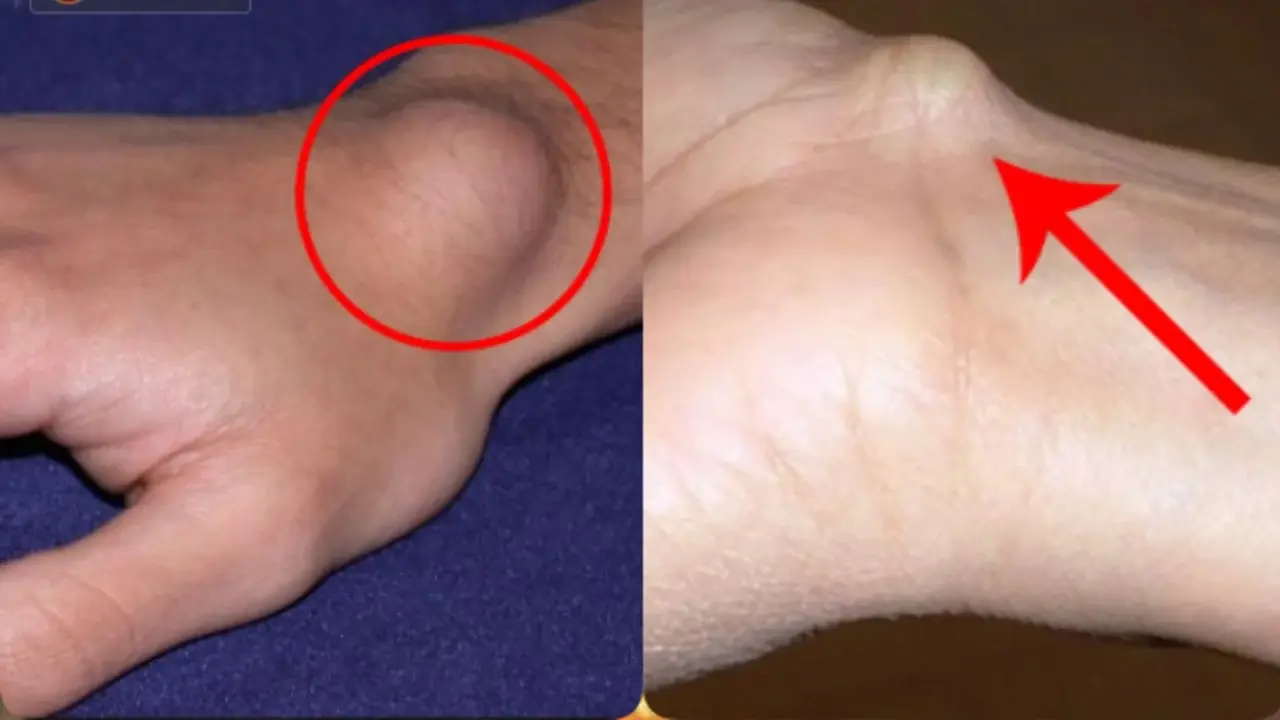
Pillow core used for a long time
To keep your pillowcase soft, flat, and free of yellow stains, try using the material available in this pack. The pillowcase fits the pillowcase used for sleeping or resting. High-quality pillowcases create softness, helping users relax and feel most comfortable while sleeping. In addition, they also support the spine from the shoulders to the head, while the head is also properly rested. However, after a long time of use, the bladder is flattened, here's how to fix it:

Blowing out the bladder by hand
After cleaning the bladder and drying it thoroughly, you can take it out to dry.
Use both hands to hold the two sides of the bag, then pinch the head from both sides to loosen the inside of the bag. Do the same on the other two sides of the bag. Repeat the action until you feel the inside of the bag is loose. If the inside of the bag is lumpy, you can use your hands to separate the ice. Then, place the bag on a flat surface and use your hands to hit the bag hard. This step is used to spread the ice inside the bag more evenly. Pat the corners and edges of the bag to loosen the inside and spread it out.
You will see that with just a few simple steps, the bag will be much flatter than before.
washing-the-bubble-clothes
Flattening the bag with a washer dryer
Using a washer dryer helps you clean the bag and flatten the bag at the same time.
Before washing the bag by machine, you need to carefully read the information on the label attached to the bag to know whether the type of bag you are using is suitable for machine washing or not, how much water, hot or cold water, what detergent to use.
In addition, you can add a specialized washing ball. This type of ball has many small spikes on the outside to help clean dirt deep inside the bag. In addition, the washing ball also helps to loosen the bag.
After washing, you can dry the bag.
When washing, tap the edge of the bag as in the 2 ways above to make the bag's lining flat as desired.
How to wash the lining of the bag and blanket with a washing machine to remove yellow stains
Preparation:
To make the process quick and easy, please prepare the following:
- Baking soda
- Laundry detergent
- Dishwashing liquid
- Bleach
- Warm water
How to do it:
- First, put water in half of the washing tub with a ratio of 3 parts cold water, 1 part hot water.
- Next, add dishwashing liquid, bleach, baking soda and washing powder to the washing machine in a ratio of 1: 1: 1: 2.- Put the bag inside the washing drum, press the start button to let the washing machine operate as usual. However, when the machine first deflates, press the pause button to reverse the bag insert and then continue to complete the washing cycle. This way, the bag insert will be cleaned more thoroughly.
Note:
When washing clothes in a washing machine, you should put the clothes in the washing drum in the direction of the machine's rotation for more effective washing.
Do not put too many clothes in the washing drum. It is best to wash yellowed clothes separately in this way.
Do not choose a strong spin speed to avoid twisting the lining of the bag.
After washing, you should dry the bag in the sun to dry completely, avoid moisture.
Note
During use, you should regularly turn the pillow over and over, avoid lying on one side, which will cause the pillow to collapse easily.
News in the same category


Even though it's simple to eat, homegrown vegetables are both cleaner and healthier than vegetables from the market!

Washing Clams and Shellfish: Some Use Chili, Others Use Wine — All Wrong! A Seafood Vendor Taught Me This Truly Effective Trick

Too many geckos in the house, here's a little trick to make them 'go away and never come back'

Going to the market, if you see these 7 types of fish

No matter how small your house is, don't place the headboard like this or you'll regret it

Why you shouldn't wear shorts or short skirts when flying

Covering a towel on an electric fan, a useful tip that cannot be missed in the summer

The air conditioner remote control has a small button: Pressing it and using it is like finding a treasure.

Fresh garlic all year round without spoiling thanks to these 3 simple preservation tips: Anyone can do it

Which position on the plane is safest in case of an acc.ident?

Cleaning an electric fan without removing the frame, this way will remove all the dirt

Put a towel on the fan: The whole house is cool, you sleep well and save a lot of electricity

No matter how delicious they are, don't eat these 5 parts of the pig or you'll get si.ck

Tips to fix food that is too spicy when cooking

Adding only water when cooking rice is a big mistake. I will share with you the secret that hotels use

This type of leaf contains calcium

Is it right to close the door tightly when using the air conditioner

How to chase away a bunch of rats with just a handful of rice, without using toxic baits

Tips to keep your flowers fresh
News Post

Don’t Throw Away Spoiled Fruits — Keeping Them Can Still Offer Many Benefits

Mix Toothpaste with This and Be Surprised: Old, Moldy Faucets Shine Like New After Just 5 Minutes of Light Cleaning

A Wild Vegetable Sweeter Than Mustard Greens, Free of Oxalic Acid, and Excellent for Cooling the Liver and Relieving Heat

The "National Dish" That's Incredibly Gentle But a "Nightmare" for People with Kidney Stones

If You See These 5 Types of Pork at the Market—No Matter How Fresh or Cheap They Look—Don’t Buy Them

Warning: A critical mistake when eating rice could be fatal!

When Buying Pork Blood Pudding, Smart Shoppers Only Need to Check These 3 Points to Instantly Tell If It’s Real or Fake

This “Highly Nutritious” Meat May Raise Heart Disease Risk by 26% — And Also Increase Cancer and Diabetes Risk

Waking Up With These 4 Morning Symptoms Could Mean can.cer Cells Are Silently Attacking Your Body

Is Moldy Food Still Edible If You Just Cut Off the Mold? Warning Signs Not Everyone Recognizes

Even an Iron Li.ver Can’t Handle These 3 Common Breakfast Habits: Worse Than Skipping Meals!

5 types of water that people with diabetes should avoid

Even though it's simple to eat, homegrown vegetables are both cleaner and healthier than vegetables from the market!

Washing Clams and Shellfish: Some Use Chili, Others Use Wine — All Wrong! A Seafood Vendor Taught Me This Truly Effective Trick

Too many geckos in the house, here's a little trick to make them 'go away and never come back'

Going to the market, if you see these 7 types of fish

No matter how small your house is, don't place the headboard like this or you'll regret it

Why you shouldn't wear shorts or short skirts when flying

Covering a towel on an electric fan, a useful tip that cannot be missed in the summer
